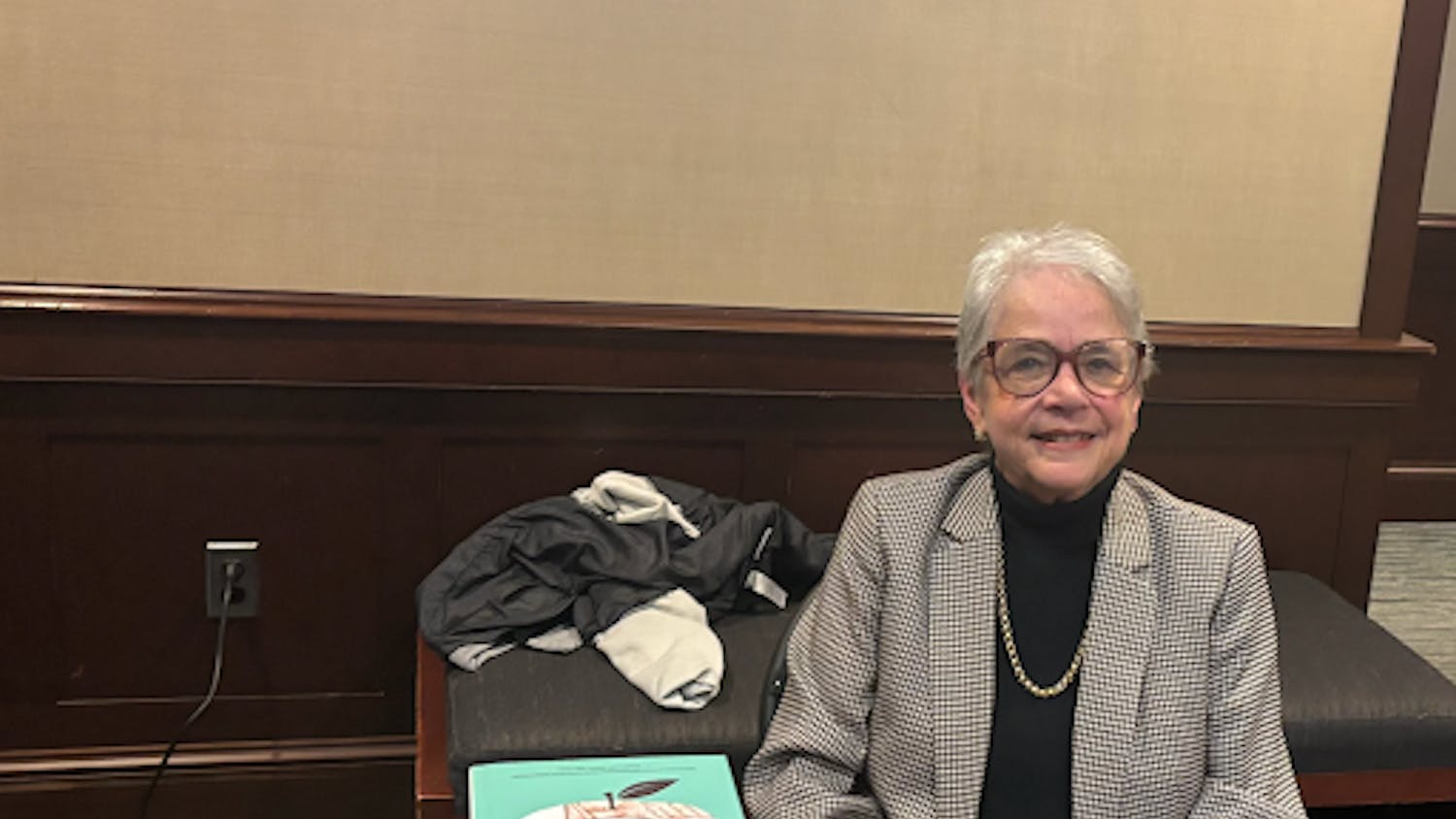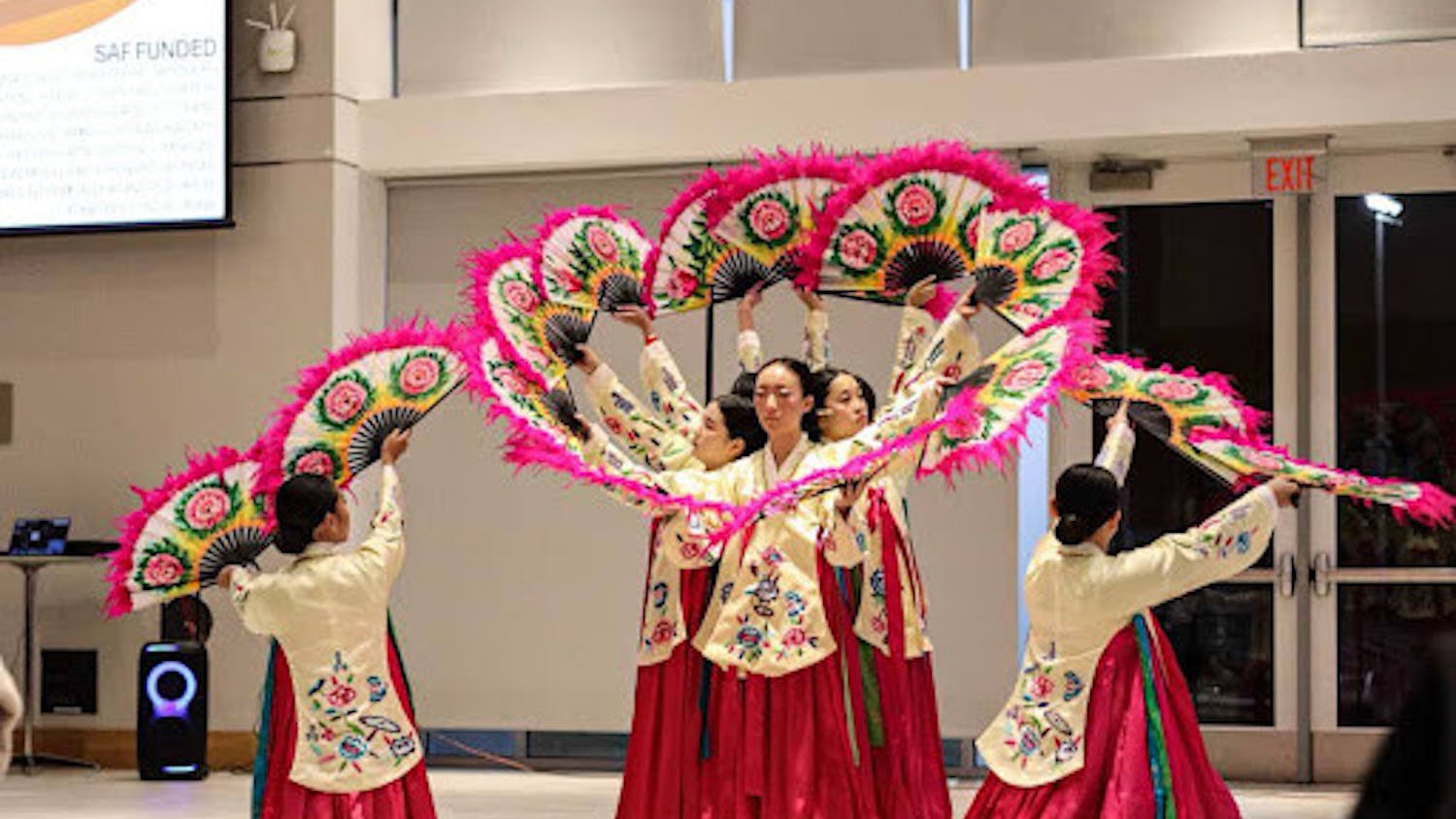Members of the Friends of the William Green Farmhouse met with Jeffrey G. Kolakowski, Assemblyman Reed Gusciora's chief of staff, and Pat Coleman-Boatwright, director of College and Community Relations, last week to discuss the status of the farmhouse.
Anne McArthur, Friends president, and Bill O'Neal, Friends vice president, represented the volunteer organization working to restore the historic landmark.
In an interview just after the meeting, though, McArthur could not list any concrete decisions made or progress that resulted from the meeting.
The main topics of the meeting included stabilization of the house, possible sources of additional funding and future plans regarding the house's function.
The farmhouse is situated behind the baseball field, between Townhouses South and the track. It is nearly twice as old as the College, erected nearly 275 years ago. The building has been recognized as an official landmark for over 30 years.
"The immediate stabilization of the exterior of the house is the main priority," McArthur said.
O'Neal said that things such as proper heating and cooling of the house would help protect it from the weather and thus preserve it longer.
As far as the farmhouse's future is concerned, the Friends recently consulted a preservation architect, who was able to retrieve the house's original plans.
McArthur said the Friends organization is currently open to any suggestions as to what specific purposes the farmhouse should serve once its restoration is complete.
Since the house has been unoccupied for over two decades, it is in dire need of restoration. In 2001, it was estimated that a complete restoration would cost $1.2 million, but that price has increased with time.
Although the College has attempted to help the cause by making the most necessary repairs and constructing a fence around the farmhouse, it still lacks the funding necessary to attempt a complete renovation project.
There was confusion earlier over the status of a $500,000 grant from the New Jersey Educational Facilities Act (EFA). It was believed that the College would match the external grant of $500,000 that the Friends was seeking, but the grant never came through.
According to Coleman-Boatwright, this is true, since EFA does not distribute grants and the College simply borrowed the money.
That money has since been used for the maintenance the College has performed so far.
This, along with more than $2,000 that the Friends has raised from those who purchased bricks of the house, has helped, but isn't anywhere near the amount that the farmhouse needs for an adequate makeover.
One thing that may help, however, is the Friends' recent approval for 501(c) (3) status.
While the Friends currently possesses the benefits of a non-profit organization, the 501(c) (3) status will enable the Friends to raise more than $5,000 each year.
The farmhouse was particularly prominent during the Revolutionary War, when William Green III assisted troops at the 1776 Crossing on Christmas Night.
Members of the Light Horse of Washington's Army lodged on the agricultural estate throughout the war.






